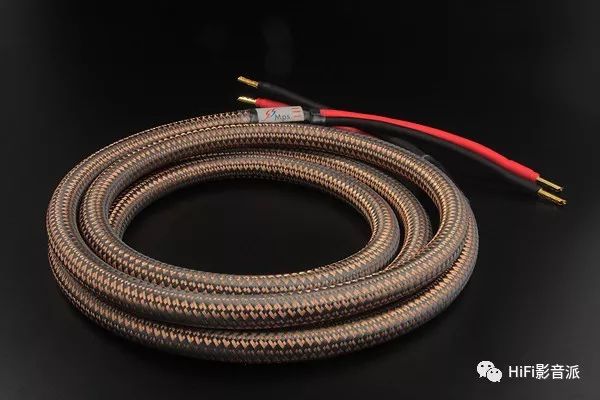
The importance of wire to sound, I believe audio equipment users will have a strong experience. To use a metaphor, the wire is like a road, the signal is a car, the road condition is good, the car goes smoothly. Therefore, the importance of wire rods is self-evident.
HI-FI and HI-FI theaters have the highest requirements for wire rods, with the most obvious and prominent effects. As HI-FI itself means high-quality, high-end equipment, it is difficult to define the investment ratio and brand of wire rods for a set of “fever†audios, as long as the proper effects of audio equipments are available. No matter which brand is used, the wire must always follow a purpose: to make the equipment achieve a real balance and the best natural sound effects. This requires long-term practice and rich sound knowledge and technology.
In terms of theaters, investment in wire rods should be moderate, and the investment ratio should generally not exceed 10% of the total amount of audio equipment, unless you have a special effect demand. The cinema equipment needs to express a sense of space surrounding, movement, positioning, speed, etc. However, in these performances, we must not forget that the images in the cinema that affect our visual effects are images. It is precisely this that makes us lower down. Changes in sound quality requirements.
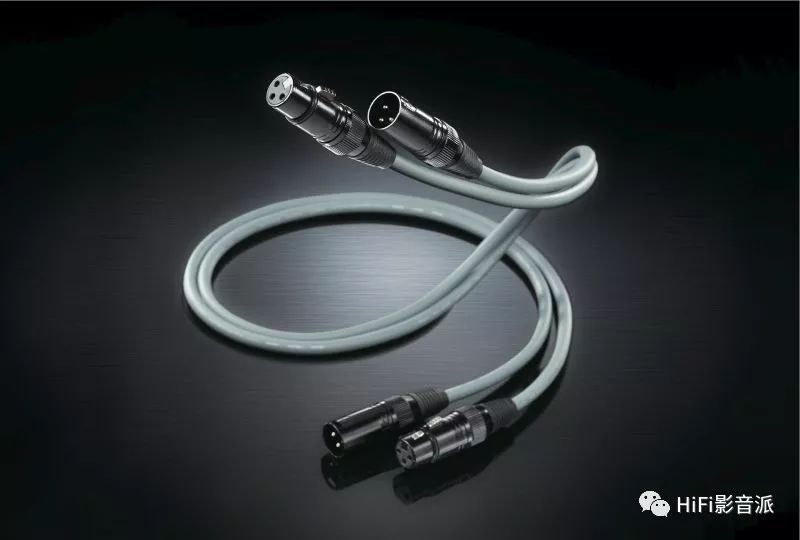
What is the effect of the wire on the audio signal?
Whether it is the purpose of designing the signal line or the speaker line, the music signal is not changed during transmission, but in practice, the general wire is like a filter, and they have resistance, capacitance, inductance, etc. This has the effect of making the signal less damped in transmission and losing music information and details. Because of the capacitance and inductance, the transmission cable has its special frequency characteristics, that is, it has different time delays (that is, so-called different transmission rates) and different impedances for signals of different frequencies. Obviously, this leads to signal generation. Certain distortion
The music signal is not only 50 or 60hz like electricity. It also contains various frequency components in the flow process. It not only has to bear large energy, but also has to transmit complex music signals without loss.
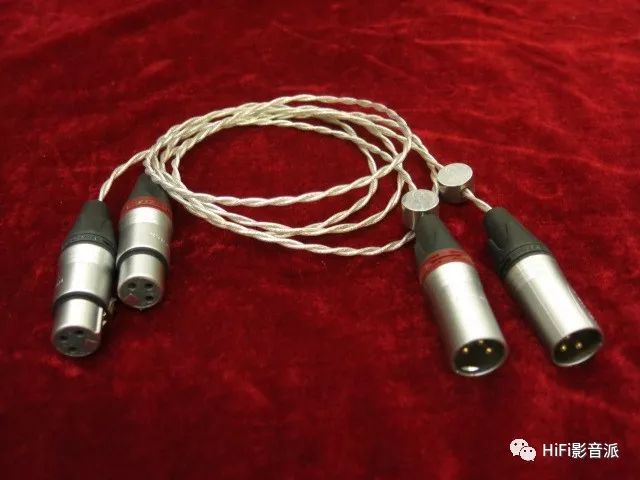
Which signal is transmitted by the wire?
1) The standard level signal line refers to the connection line between the sound source and the power amplifier
Its transmission level is about 1V and it is also a shielded transmission line. This type of wire is most widely used in the audio industry. Interestingly, wires made of different insulating media and metal materials have a subtle influence on the sound quality. For this reason, manufacturers have produced wire rods of various types and specifications to meet people’s expectations. Different levels of music appreciation requirements. The high-grade finished product line is made of a nylon braided sleeve coated with an antistatic layer as the outer layer. The inner metal lining is lined with oxygen-free pure copper as the core wire, and a gold-plated plug is also provided to prevent the plug from contacting with the noise and causing noise.
2) Strong signal line refers to the connection between the speaker and the amplifier
This kind of wire is often not shielded, for this kind of wire, the key is to reduce its resistance, because the output impedance of modern power amplifier is very low, so the demand for the speaker wire also increases accordingly, if choose the cross-sectional area of ​​large or multiple twisted Lines. Wire rods are available from pure copper to silver wires. A more expensive speaker wire is an oxygen-free copper speaker wire. Its main feature is its good electrical conductivity and low resistivity. When it is used to reproduce sounds, it will not increase in tone. less
3) The weak signal line refers to the connection between the microphone and the preamplifier or between the digital audio source and the decoder. Usually, it is a shielded line.
Digital lines belong to such weak signal lines. As the current audio equipment has a great improvement in the degree of fax and sensitivity, the requirements for signal transmission are also getting higher and higher, but the signal line is used to transmit digital pulse signals or audio AC signals, and its transmission principle is better than the general DC transmission is much more complicated, in addition to the current flowing through the wire can be affected by the resistance of the wire and generate a magnetic field, there are also skin effect, phase distortion and other effects between the high and low frequencies, the wire must be balanced, low-distortion transmission of the entire audio segment (20Hz ~ 20kHz or more) signal, then the design of the line must be very strict, only in this way can the signal high-magnification amplification, the speaker to restore the sound.
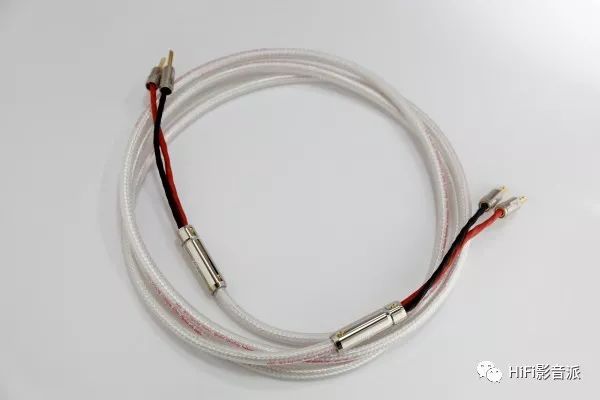
What is a good wire?
1) Good contact, good durability after repeated insertion and removal.
Poor contact may easily result in poor sound quality or image signal loss. This is by no means acceptable to consumers. When we use various kinds of audio and video equipment, we will inevitably remove and insert the wire several times for different reasons such as maintenance, changing the placement position, and changing the machine. A high quality wire must not be plugged and unplugged many times. Then there will be poor contact.
2) Extremely low transmission loss and good shielding performance.
The main purpose of wire rods is to transmit signals. The ultimate goal pursued is to transmit the signals in a true and intact manner without causing signal loss or distortion due to the material and structure of the wires themselves. Therefore, the impedance and capacitive reactance of a good wire must be well matched with the equipment, so that the signal can be transmitted 100%.
How long is the wire?
1) The length of the speaker cable should be 2m~3m, which is close to the practical length, and there is a certain margin. If it exceeds 5m, the range will be narrowed, and the music's finish and strength will be reduced. Necessary waste.
2) When using hard beam horns, do not bend the wire too much. When using multi-strand speaker wires, because the wire diameter is relatively thick, it must be ensured that the contact surfaces of wires and terminals should be large and firm.
3) The length of the signal line should be 1m~1.5m. Since most enthusiasts compare audio tests, they think that the signal line is slightly longer for sound quality, and it is also easy to move and adjust. (Note: For digital cables, the overseas HEADFI website believes that the shorter the digital cable, the better the effect)
4) When the self-made signal wire is used, the gold-plated plug is free from soldering. When it is fixed with a screw, the head resistance is generally 5~50mΩ. When the soldering processing is used, the interface resistance is below 3MΩ, so it is better to use soldering instead.
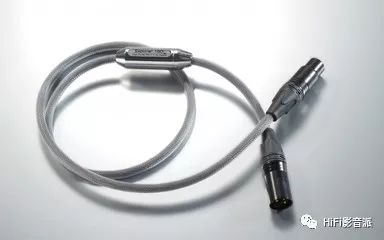
Wire index
According to different smelting and processing methods, high-purity copper can be subdivided into OFC oxygen-free copper, LCOFC copper, PCOCC oxygen-free single crystal copper, Super PCOCC copper, etc.; according to its purity, there are 4N, 5N, 6N, 7N, 8N, etc., in which N represents 9 (Nine), 4N means that its purity is more than 99.99% (that is, there are four 9, which is called 4n), and so on.
There are too many wires on the market known as 6n or even 8n, and the most outrageous are the so-called 9n silver wires. A large scale copper smelter can produce 4n copper. Further chemical removal of the oxygen content and other trace metals allows the purity to be increased, but the instrument is not necessarily measured.
The electrolyte material inside the electrolytic capacitor, which has charge storage, is divided into positive and negative polarity, similar to the battery, and cannot be connected backwards.A metal substrate having an oxide film attached to a positive electrode and a negative electrode connected to an electrolyte (solid and non-solid) through a metal plate.
Nonpolar (dual polarity) electrolytic capacitor adopts double oxide film structure, similar to the two polar electrolytic capacitor after two connected to the cathode, the two electrodes of two metal plates respectively (both with oxide film), two groups of oxide film as the electrolyte in the middle.Polar electrolytic capacitors usually play the role of power filter, decoupling (like u), signal coupling, time constant setting and dc isolation in power circuit, medium frequency and low frequency circuit.Non-polar electrolytic capacitors are usually used in audio frequency divider circuit, television S correction circuit and starting circuit of single-phase motor.
Electrolytic Capacitor,Aluminum Electrolytic Capacitor,High Voltage Electrolytic Capacitor,12V Electronic Components Capacitor
YANGZHOU POSITIONING TECH CO., LTD. , https://www.cnchipmicro.com
